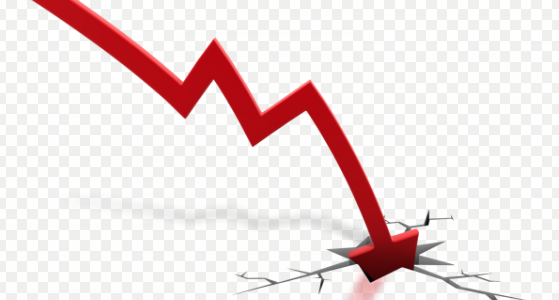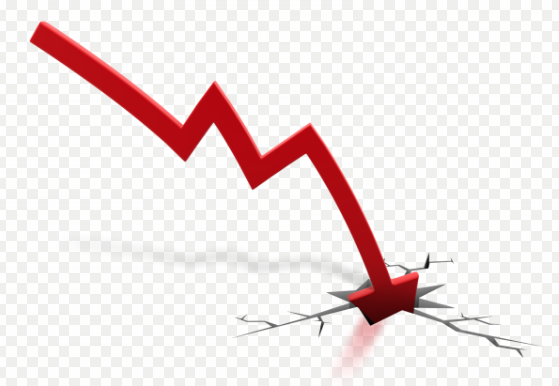The recent big sell-off exposed a hidden danger in our financial system…
On August 24, the S&P 500 plummeted by 4%. It was the largest single-day decline for U.S. stocks since 2011. And it was part of a larger sell-off that knocked U.S. stocks down 11%. As we’ve explained, the sell-off may have kicked off a bear market in U.S. stocks.
However, something else very important happened that day. And almost no one in the mainstream media covered it…
Some of the largest – and supposedly safest and most stable – investments lost up to 38% in a matter of seconds.
Barron’s reports:
It was far worse for many big, popular ETFs designed to closely follow price movements in blue-chip U.S. stocks. The $65 billion iShares Core S&P 500 ETF (ticker: IVV), meant to mimic its index, tumbled as much as 26% out of the gate, some 20% below its “fair value,” before recovering to end the day in line with the market. Dozens of funds from every major ETF issuer saw jaw-dropping, if temporary, declines: The $19 billion Vanguard Dividend Appreciation (VIG) and the $12 billion SPDR S&P Dividend (SDY) each plummeted about 38%. Many small investors caught using orders to sell at market prices could have been toasted.
IVV, the first ETF Barron’s mentions, isn’t some tiny, niche ETF. It’s the second-largest ETF in the world.The fund holds more than $60 billion in assets. It’s supposed to track the S&P 500.
Because IVV is supposed to track the broad U.S. stock market, it’s viewed as a safe and stable way to invest in U.S. stocks. It’s supposed to be the equivalent of buying a small piece of the 500 largest publicly traded U.S. companies.
Funds like IVV make up the core of many investors’ portfolios. It’s the type of fund financial advisors tell their clients to put a large chunk of their money in.
The chart below shows IVV’s stunning drop on August 24:
As you can see, IVV recovered from its flash crash within seconds. Hardly anyone even noticed that it happened.
However, an investor who had instructed his broker to automatically sell IVV if it fell to a certain price (what we call an automatic stop-loss) could have sold at a horrible price.
If you had an automatic stop-loss, you could have literally lost 20% or more in a few seconds. And, because this ETF is huge and popular, this likely happened to some investors.
Our advice:
Set your stop-losses using “end of day” prices. This way, a wild swing during the day won’t trigger a sell.
Don’t enter your stop-losses in the market. Keep them written down or in your head.
• This happens in the financial world all the time…
Things that are supposed to be safe turn out not to be safe.
For example, in March 2007, Fed Chairman Ben Bernanke assured us that the financial system was safe. He said the housing crash wasn’t a big deal…and that the damage wouldn’t spill over into the economy or stock market:
At this juncture, however, the impact on the broader economy and financial markets of the problems in the subprime market seems likely to be contained.
Of course, Bernanke was dead wrong. The housing crash caused the worst financial crisis since the Great Depression. It crashed stock markets around the world and almost took down the whole financial system.
Our advice: Be careful who you believe about what’s safe and what’s not. It’s almost always a bad idea to trust the government or anyone who sells financial products when they tell you something is safe. They just want to convince you that all mainstream investments are safe.
From: Casey Research


